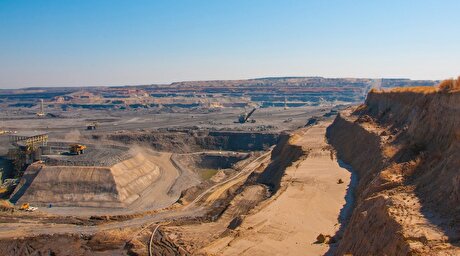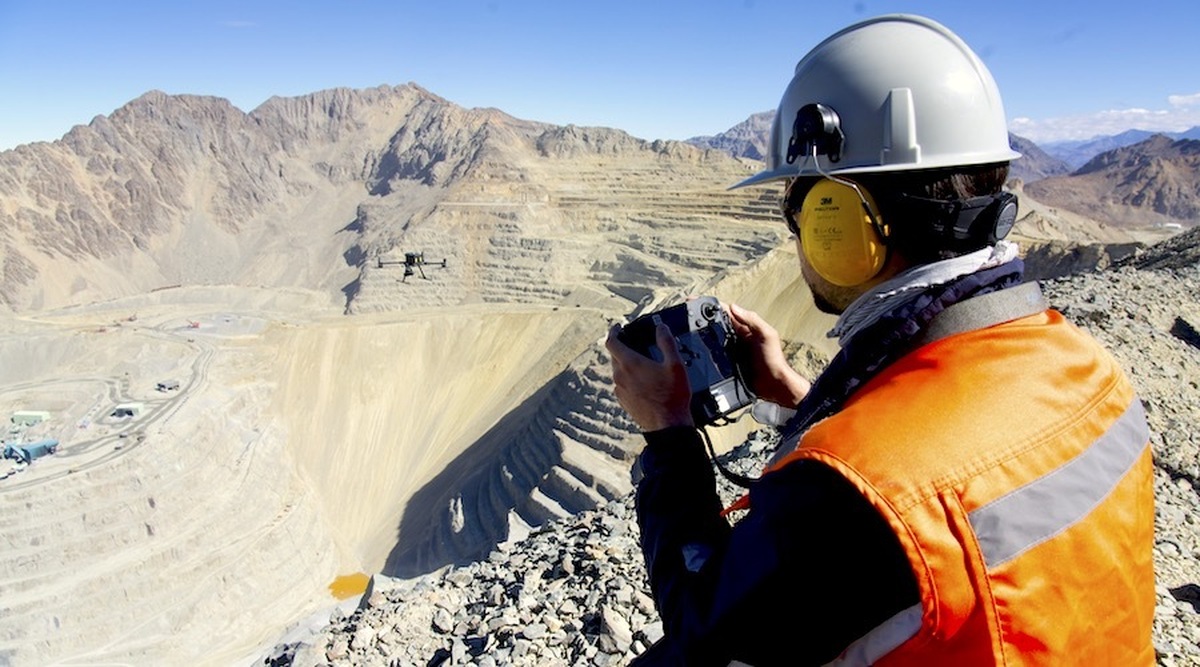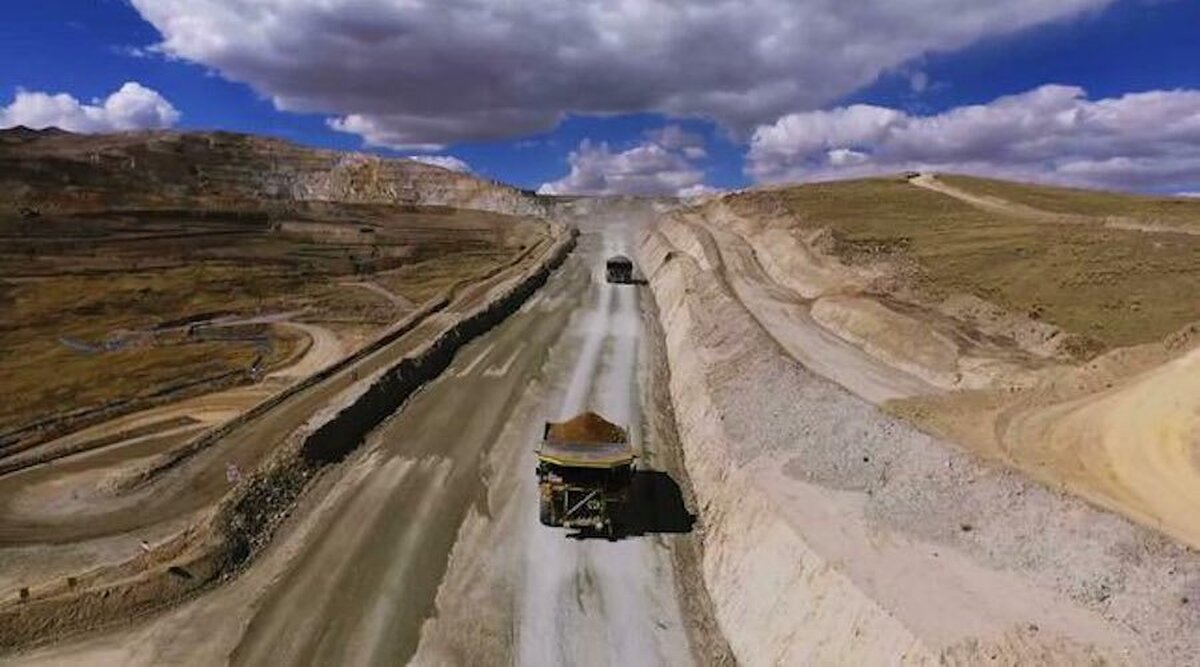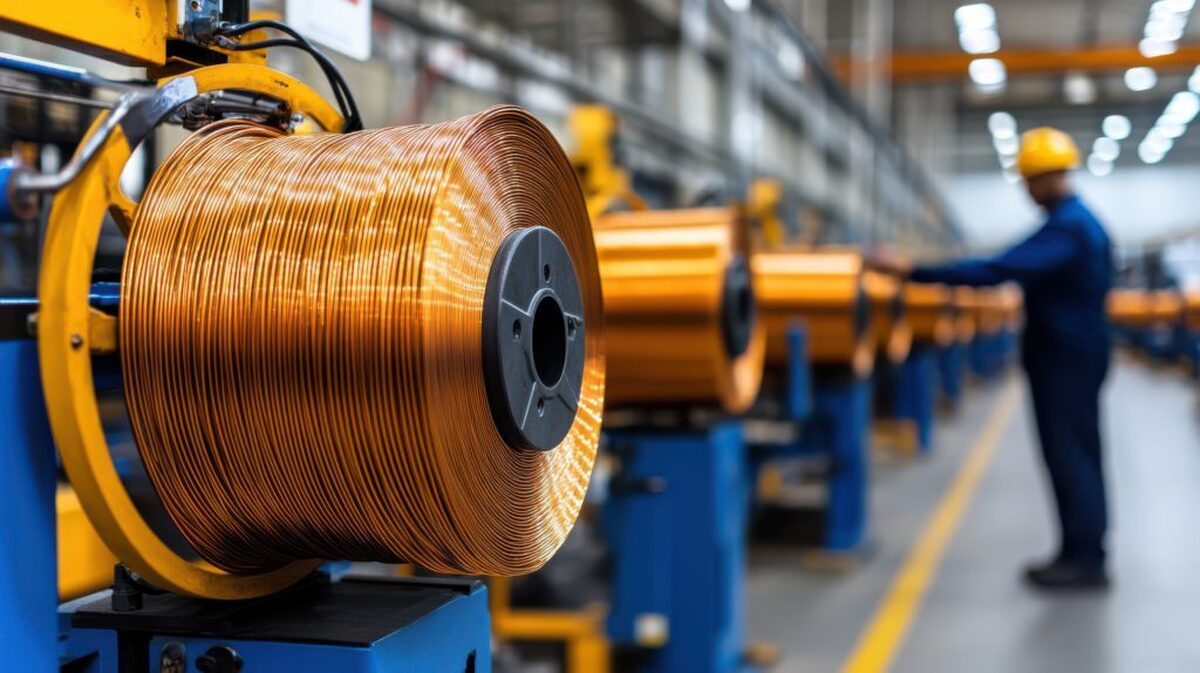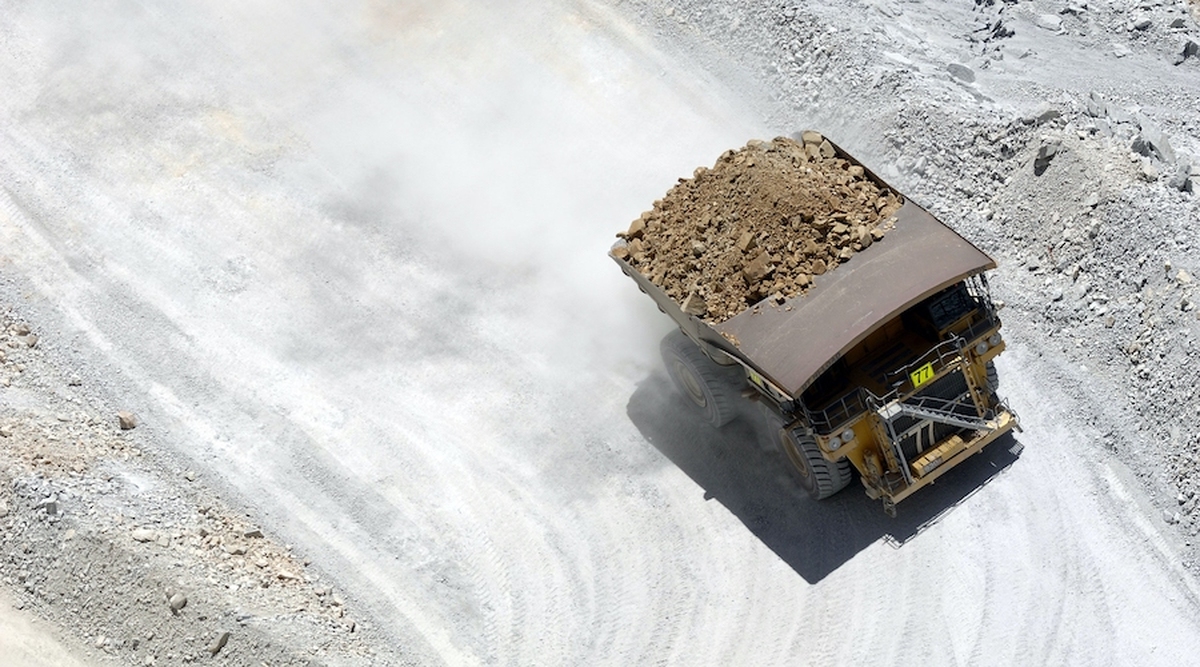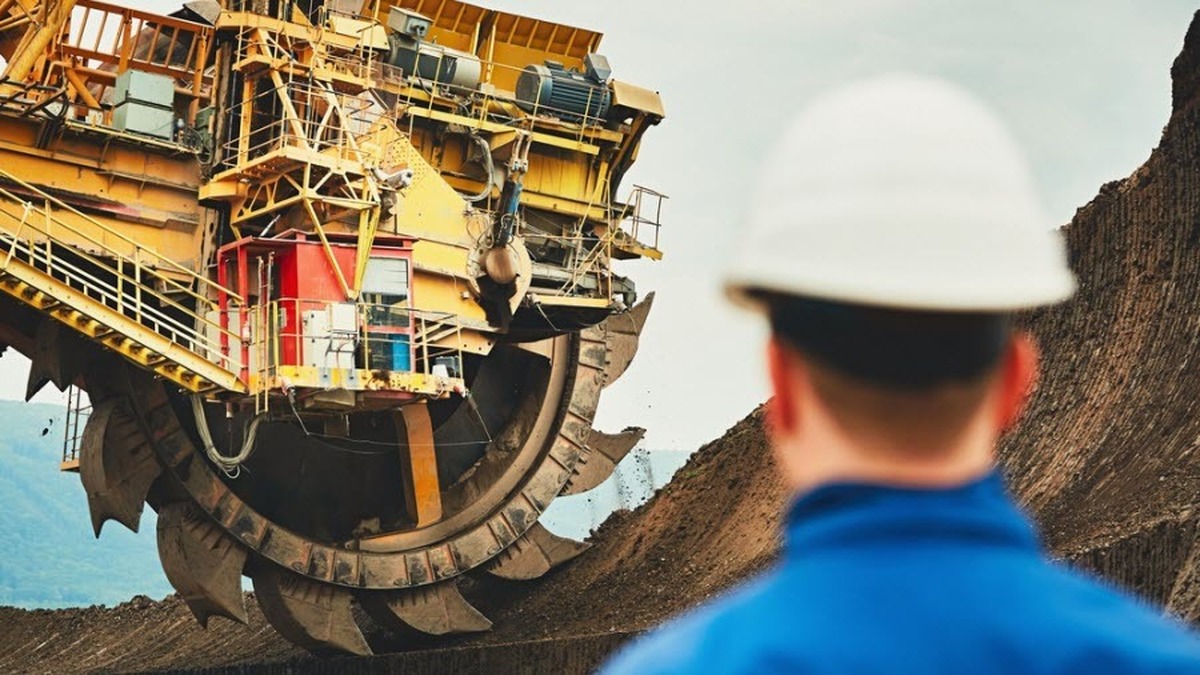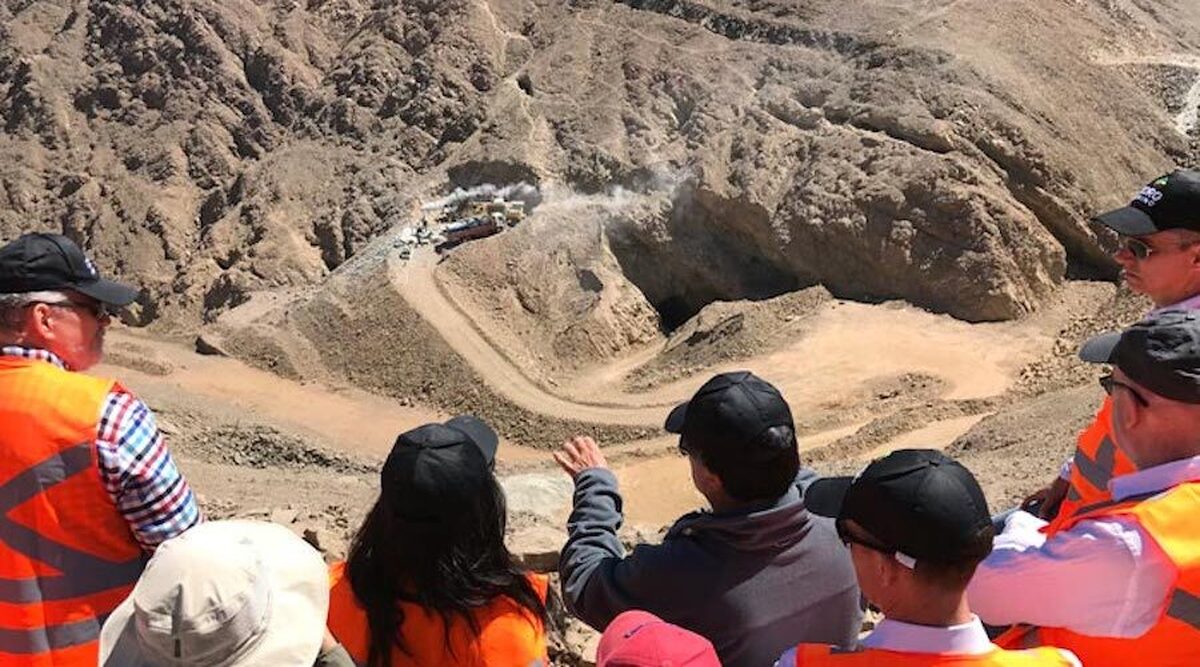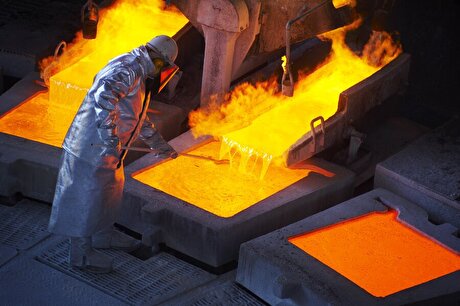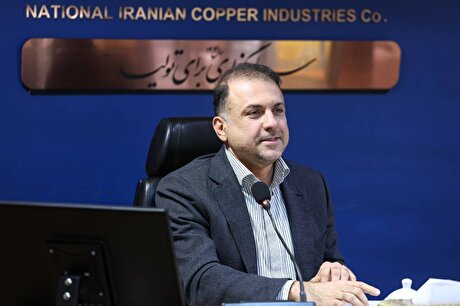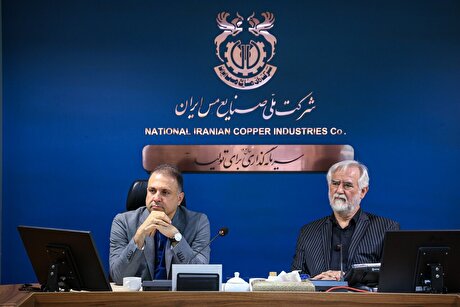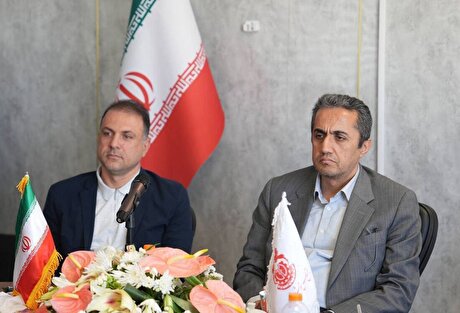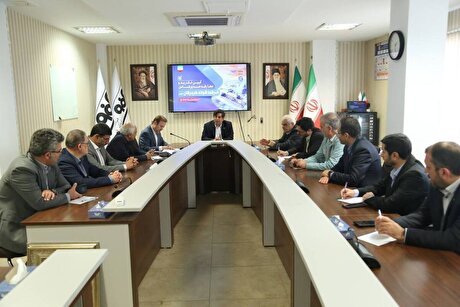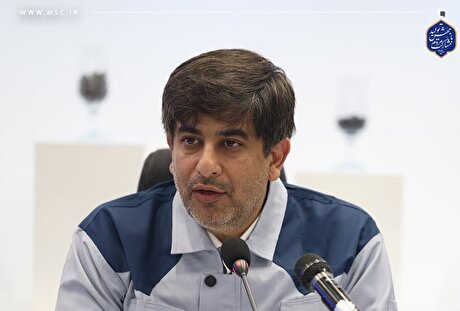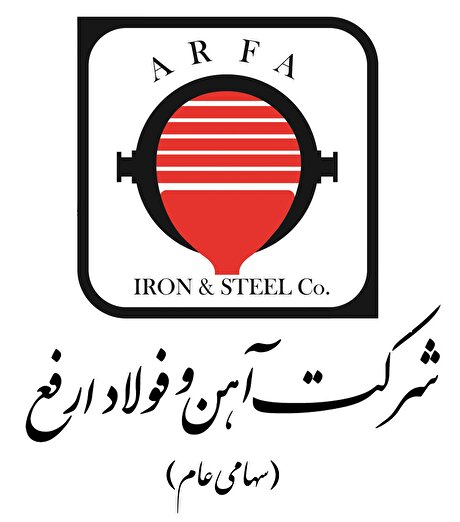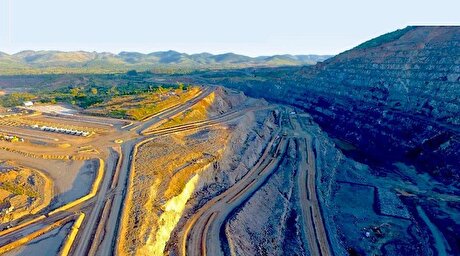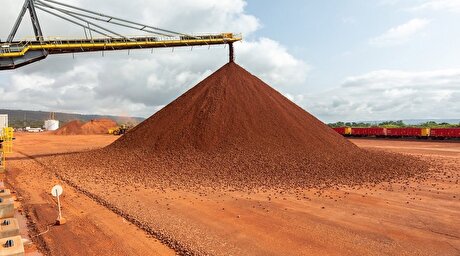
Chile mining minister expects short-term copper demand to slow due to tariffs
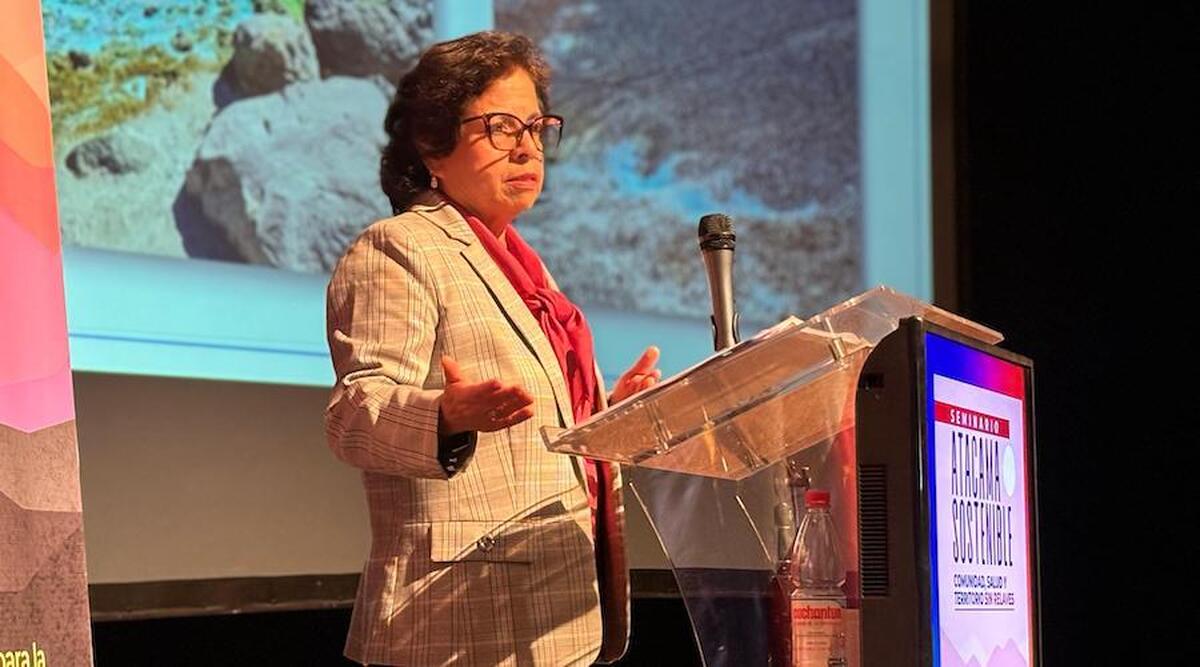
According to me-metals cited from mining.com, Trump last week imposed a 10% tariff on Chile but exempted copper. It was the baseline amount in a range that stretched as high as 50% for other countries, and has since jumped to 104% for China.
Trump’s administration is still conducting a probe begun in February into possible tariffs on copper, a metal essential for infrastructure, electrification and the energy transition.
Such tariffs would directly impact Chile, which produces a quarter of global copper supply.
Chile is in “wait-and-see” mode until the investigation concludes, Williams told Reuters, but sees potential for a positive outcome even if the US imposes tariffs on copper.
“If we assume that Chile is within the lowest tariff range, the application of a potential 10% tariff is lower than the tariffs we have seen for other copper-producing countries and therefore also generates a better price position,” Williams said in an interview on the sidelines of the CESCO and CRU copper conferences.
“This makes us a bit more competitive … and also generates great opportunities,” she added.
Peru, the world’s third-largest copper producer, also received the baseline 10% tariff. The Democratic Republic of the Congo, the No. 2 copper producer, received 11%. The US initially applied a 34% tariff on China, the biggest refining country for copper, and that rate now has jumped to 104%.
Williams said the uncertainty over tariffs could cause global copper demand to slow in the short-term, and could prompt copper producers to redirect global supply routes.
source: mining.com

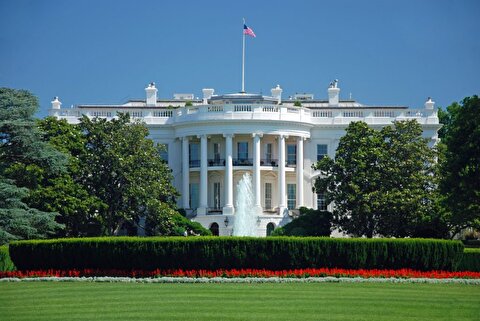
Trump weighs using $2 billion in CHIPS Act funding for critical minerals
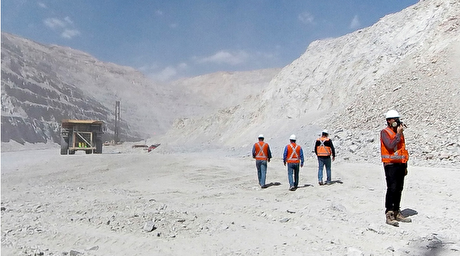
Codelco cuts 2025 copper forecast after El Teniente mine collapse
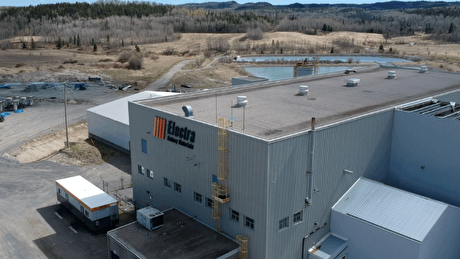
Electra converts debt, launches $30M raise to jumpstart stalled cobalt refinery

Barrick’s Reko Diq in line for $410M ADB backing
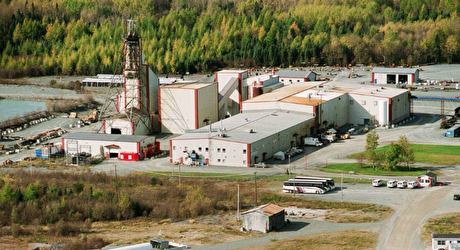
Abcourt readies Sleeping Giant mill to pour first gold since 2014
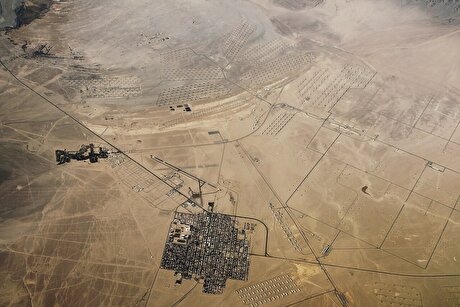
Nevada army depot to serve as base for first US strategic minerals stockpile
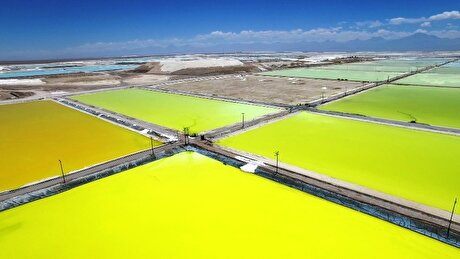
SQM boosts lithium supply plans as prices flick higher
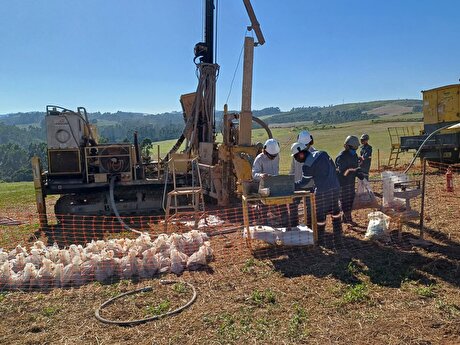
Viridis unveils 200Mt initial reserve for Brazil rare earth project
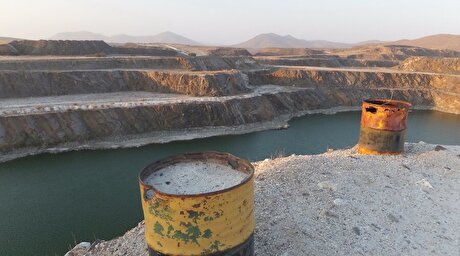
Tailings could meet much of US critical mineral demand – study
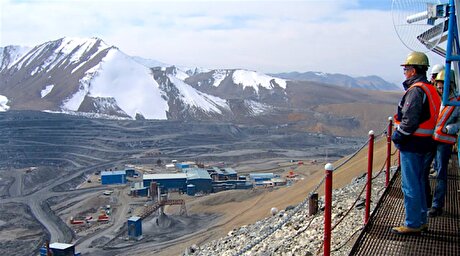
Kyrgyzstan kicks off underground gold mining at Kumtor
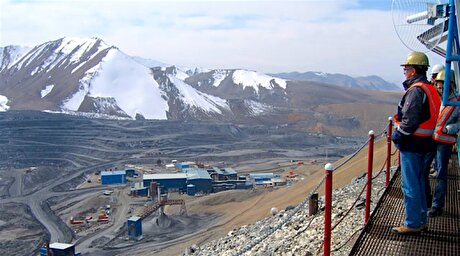
Kyrgyzstan kicks off underground gold mining at Kumtor

KoBold Metals granted lithium exploration rights in Congo
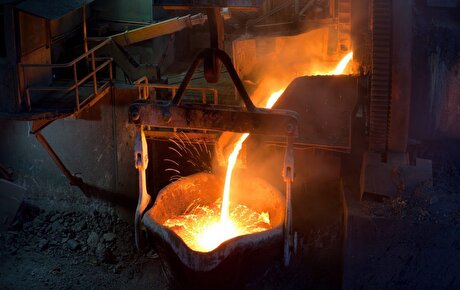
Freeport Indonesia to wrap up Gresik plant repairs by early September

Energy Fuels soars on Vulcan Elements partnership
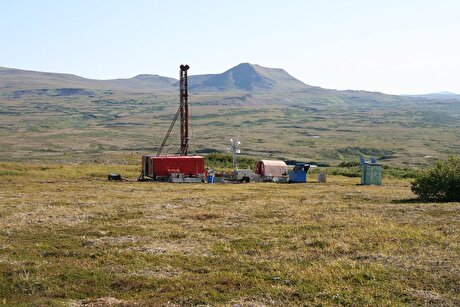
Northern Dynasty sticks to proposal in battle to lift Pebble mine veto
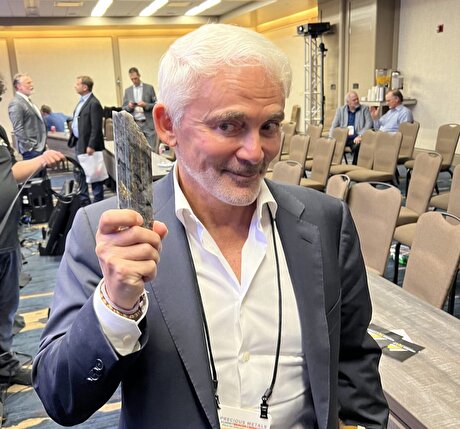
Giustra-backed mining firm teams up with informal miners in Colombia

Critical Metals signs agreement to supply rare earth to US government-funded facility

China extends rare earth controls to imported material
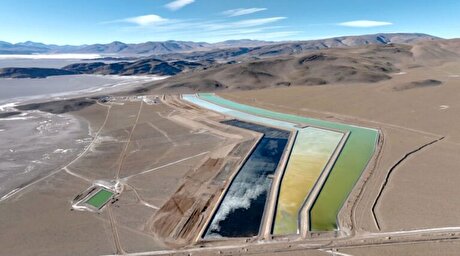
Galan Lithium proceeds with $13M financing for Argentina project

Kyrgyzstan kicks off underground gold mining at Kumtor

Freeport Indonesia to wrap up Gresik plant repairs by early September

Energy Fuels soars on Vulcan Elements partnership

Northern Dynasty sticks to proposal in battle to lift Pebble mine veto

Giustra-backed mining firm teams up with informal miners in Colombia

Critical Metals signs agreement to supply rare earth to US government-funded facility

China extends rare earth controls to imported material

Galan Lithium proceeds with $13M financing for Argentina project
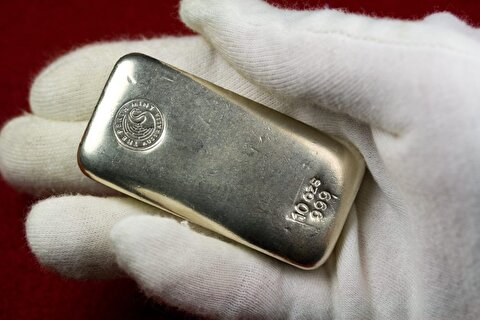
Silver price touches $39 as market weighs rate cut outlook
